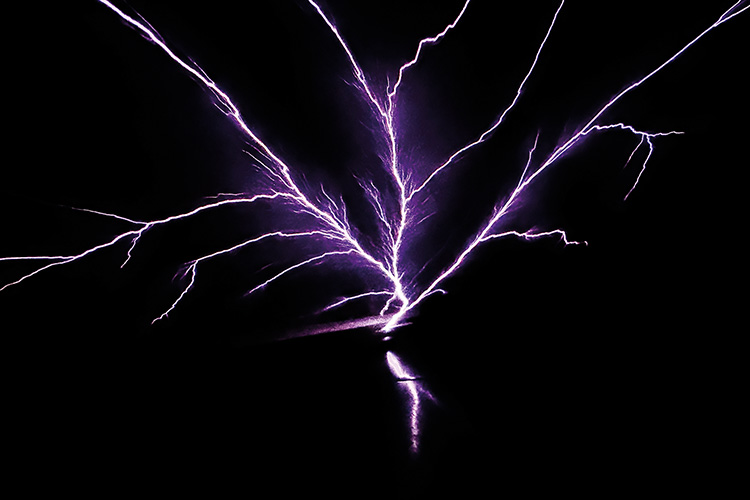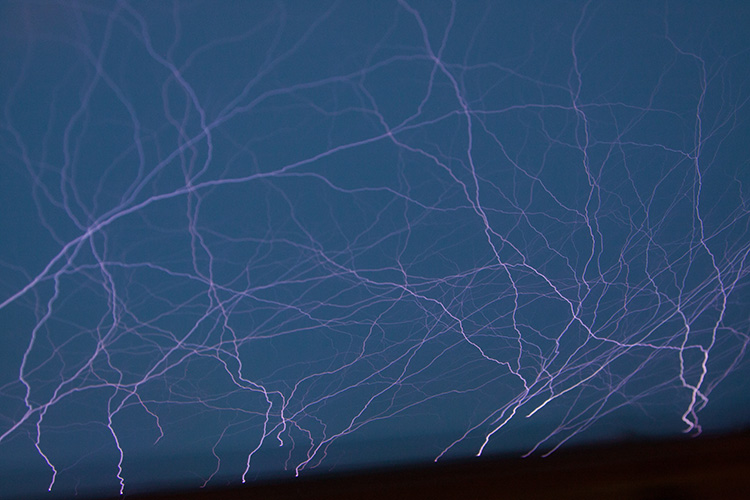
Saint Elmo’s fire: an eerie electrical discharge which strikes ships, planes and towers
Geographical phenomena # 7: St Elmo’s fire
The remarkable explained
By
Saint Elmo’s fire, also known as corona discharge, is a luminous phenomenon characterised by brushlike discharges of atmospheric electricity.
It typically appears during stormy weather as a faint light on the extremities of pointed objects such as church towers, the masts of ships, the extremities of aeroplanes and electrical power lines. It’s accompanied by a crackling or hissing noise. The scientific explanation for Saint Elmo’s fire lies in electrical voltage and plasma principles. During thunderstorms, the ground below the storm becomes electrically charged, and a high voltage accumulates in the air between the cloud and the ground. This voltage, about 30,000 volts per centimetre, tears apart air molecules, causing the gas to glow. The phenomenon is often observed on aircraft propellers, wing tips, windshields (see above) and the plane’s nose when flying in dry snow, ice crystals, or near thunderstorms. Here, mechanical and electrical devices are employed to mitigate the accumulation of electrical charge, preventing or controlling these discharges.

Saint Elmo’s fire is a continuous electrical spark, similar to the glow in fluorescent tubes, mercury vapour streetlights and neon signs. When high electrical voltage affects a gas, it transforms into plasma – a conductive mixture of separate proton clusters and electrons that fluoresces with light. The glow’s colour depends on the gas involved; in our nitrogen- and oxygen-rich atmosphere, it manifests as a blue or violet light.
Saint Elmo’s fire has historically been a source of fascination and superstition. The phenomenon is named after St Erasmus, or St Elmo, the patron saint of Mediterranean sailors. Sailors regarded this eerie light as a sign of the saint’s guardianship, especially during bad storms, when it was most pronounced. Ancient Greeks and Romans interpreted the blue lights flickering from ship rigs as visitations from the demigod twins Castor and Pollux, considered saviours of those in peril at sea. The sight of Saint Elmo’s fire was thus seen as a hopeful omen for sailors braving treacherous waters.
Literature is replete with references to Saint Elmo’s fire. Charles Darwin, in 1832, vividly described the phenomenon: ‘Everything is in flames, the sky with lightning, the water with luminous particles, and even the very masts are pointed with a blue flame.’
Saint Elmo’s fire is an interplay of science and mythology. Its glow during electrical storms is a powerful reminder of the natural forces at work and a historical symbol of hope and protection for those facing the elements




